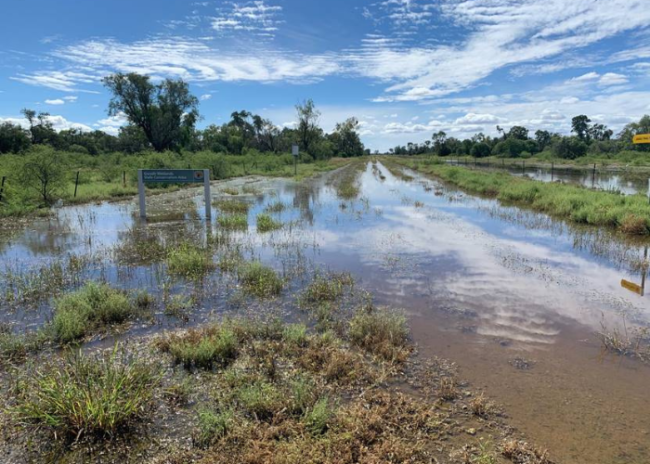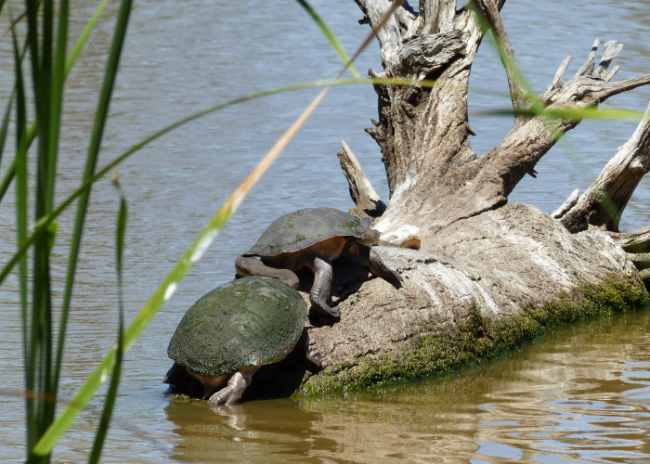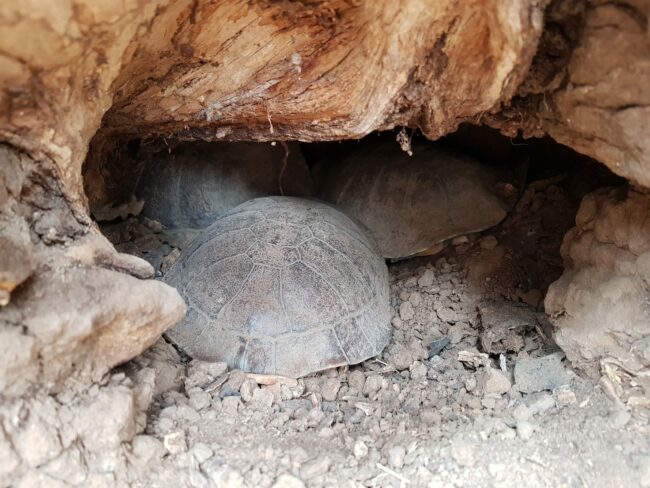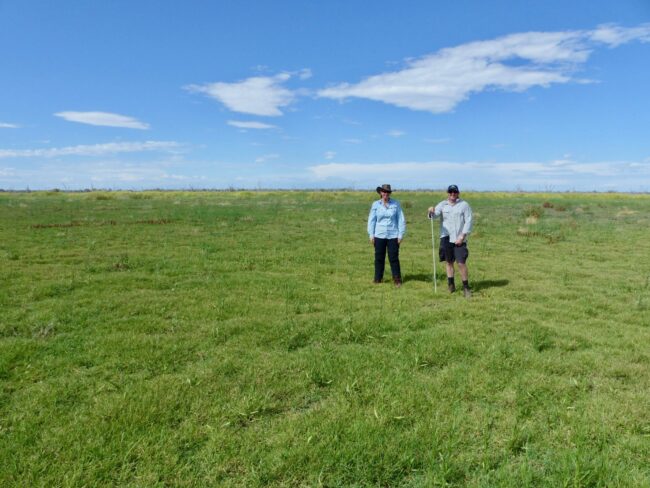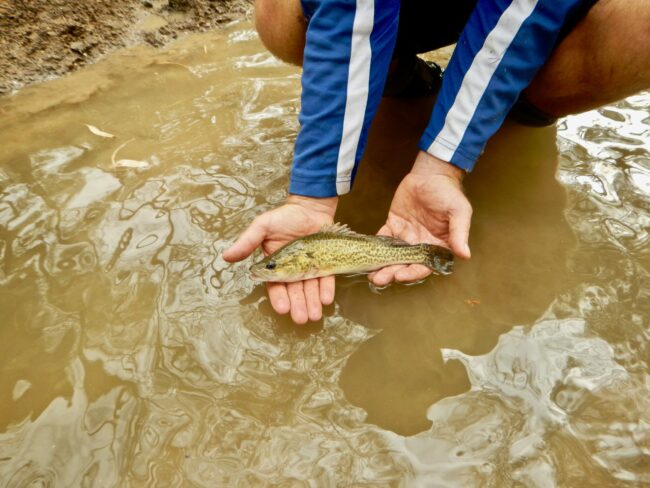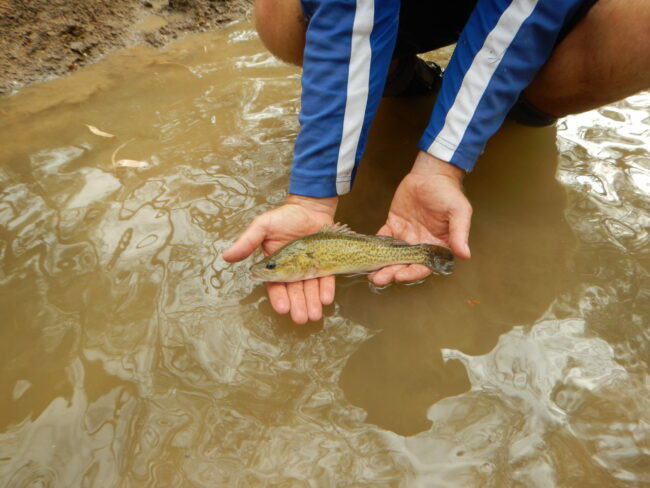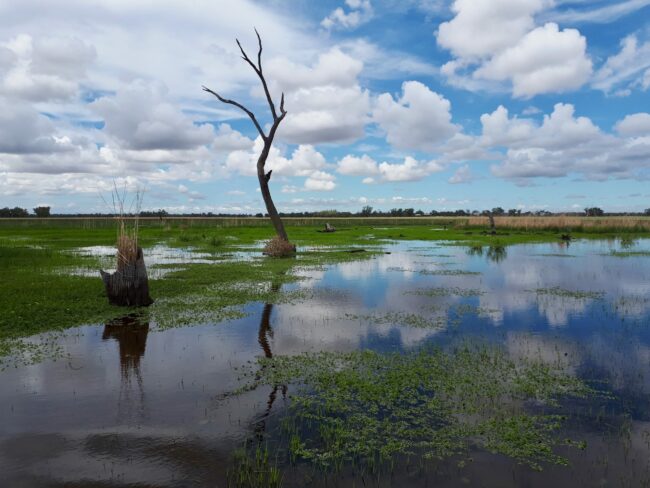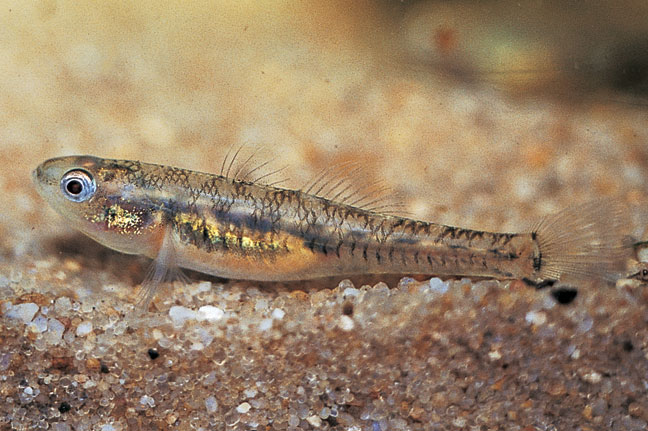Issue 15 A look at the Gwydir March 2021 flows
Floods that hit the Gwydir catchment in late March, 2021, brought a mixture of devastation and life to the communities and ecosystems that depend on the catchment’s rivers. As the entire Gwydir catchment was doused with heavy rainfall between March 22 and March 24, downpours quickly translated into a significant, widespread flooding event. We tracked this event, including its volume and extent, as it moved throughout the channels in the Gwydir system and beyond.

